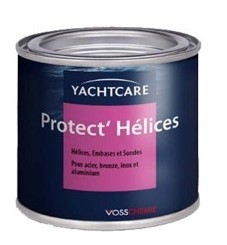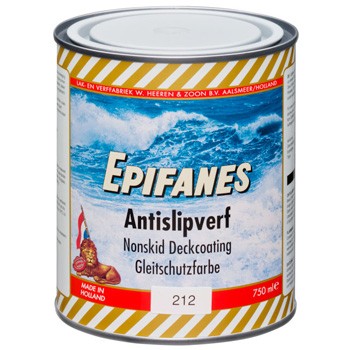The application of antifouling is one of the actions that you should carry out in the case of a boat for maritime navigation. This must be done with the utmost care, as it may not do its job properly if it is not applied correctly. It is therefore best to find out as much as possible about how to do this before proceeding.
Deciding on antifouling
There is a wide variety of antifouling paints to choose from. You have to decide on the details of this based on your boat, as well as on the waters to be visited. Depending on such details, it will be appropriate to go for one option or another.
The antifouling paint you choose to use must be able to meet your needs. There is little point in applying the product if it does not even do the job properly. If necessary, you can always seek advice before buying an antifouling.
Preparing the boat for antifouling
Before installing your antifouling paint the boat must be ready for this. The first essential step is to clean the surface of the hull thoroughly. Otherwise, the whole thing may not hold together well and the result will not be uniform.
Once this is the case, and the hull is dry, the next step is to cover the areas that should not be painted. In general, this will be the upper part of the boat, starting from the area that is not in excessive contact with the water. The parts that protrude from the hull should also be covered.
Applying antifouling to the boat
To apply the antifouling paint properly, you should start by applying the largest amount using a paint roller. This allows you to do the job quickly, with a more or less precise level. For hard-to-reach areas, you should use a brush.
This accessory is practical in that it allows you to fine-tune the details. Another possibility is to use a spray gun. Here, you can quickly apply the paint, but this practice comes with some risks. In particular, you must check whether the type of antifouling used allows it.
The question of diluting the antifouling
Using antifouling paint with a spray gun may require diluting it at least a little. This should be done with care, as it can deteriorate the quality of the antifouling. The antifouling may then be much less effective for the task it is intended to do.
Find out what the brand you are using says before you do this. Often they give directions on how to do this without too much trouble. Also, in case it does not match the nature of the product, they indicate that it is forbidden to do so. Furthermore, you should not use a large amount of water.







